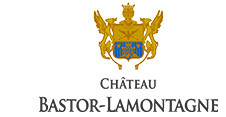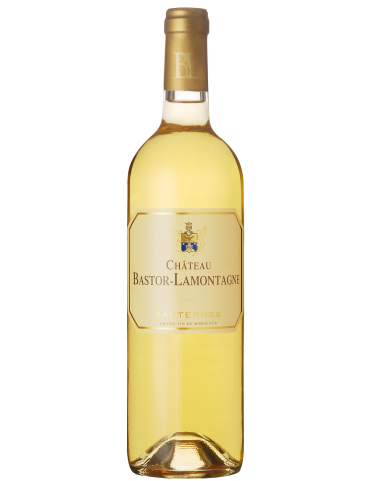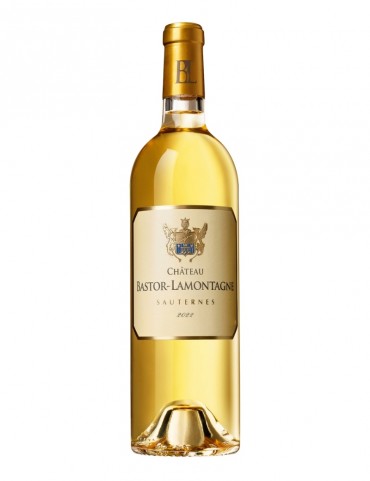Château Bastor Lamontagne is a member of the Union des Grands Crus. It is a modern, innovative and elegant Sauternes.
We completed our conversion to Organic viticulture in 2016 and we are mindful of the need to respect the environment and our terroir.


Three centuries of history from former royal property to the present day.
A former property of the King of France, the domain de Bastore, documented since 1453 was sold on the 3rd of July 1711 to Vincent de La Montaigne, who was Councillor at the Bordeaux Parliament.
- 1711 -
The La Montaigne Family
This is how the La Montaigne family, which became Lamontaigne and then Lamontagne, were to add their name to that of Bastore and were to become the first owners of the domain after the King. Jean-Mathieu de Lamontaigne, Vincent’s son then inherited it. He had a son, called François, who took over from his father. François de Lamontaigne, who was a magistrate, was the most well-known of his family due to his activities within the political and cultural life of Bordeaux. He was particularly well-known for his work within the Académie, and became its Director. As he had no direct heirs he decided to sell the domain but continued to live on-site.
December 5th 1809
On the 5th of December 1809 Bastore was sold to Anne Senhil, wife of Jean-Baptiste Guilhou a negociant based in the Chartrons.
April 19th 1812
On the 19th of April 1812, François de Lamontaigne died at Bastore at 88 years of age. Anne Senhil was able to take possession of her property.
September 15th 1827
After 18 years in the hands of the Guilou family the domain was sold to Madame Mirian Salzedo, widow of Mr Fonsèque. The sale meant that Anne Senhil was able to clear the debts contracted with the father-in-law of Mirian Salzedo.
- 1838 -
The Larrieu Family
The Bastore domain went through the Restoration period perhaps better than certain others.
On the 18th of July 1838 the domain was sold to Joseph Eugène Larrieu who had been the owner of Chateau Haut-Brion since 1836 and the owner of Chateau Pick. The domain was enlarged through successive purchases. Winemaking became the main activity. 21 years later, Joseph Eugène died at Chateau Haut Brion. On the 28th of April 1859 Bastore became the property of his son, Louis Jacques Amédée Larrieu. He was born in 1807 and was elected as a member of parliament in 1869 and the nominated Préfet of the Gironde region on the 4th of September 1870. He was an astute administrator and became very popular. Among others he managed the Bastore domain until the 30th of September 1873 when he died in Paris.
On the 27th of March Francisca Adélaide Amynthe Feuilloys, widow of Amédée Larrieu gave up the partnership of acquests. She died on the 22nd of July 1882. Her two children, Eugène Louis Marie Larrieu and Marie Marguerite Eugénie Francesca Larrieu, who had married the Count Gérard de Saint Aldegonde, inherited all the properties. Eugène Larrieu inherited the domains Haut-Brion and Bastor.
- 1936 -
On the 13th of February 1936 the Chateau was sold to the Crédit Foncier de France. With a surface area of 50 hectares its vineyard is one of the largest in the region.
- 2014 -
In July 2014 the group BPCE sold Chateau Bastor-Lamontagne to the Moulin-Houzé family (owners of Galeries Lafayette) and the Cathiard family.
- 2018 -
In November 2018 the Helfrich became the owners of Chateau Bastor-Lamontagne.
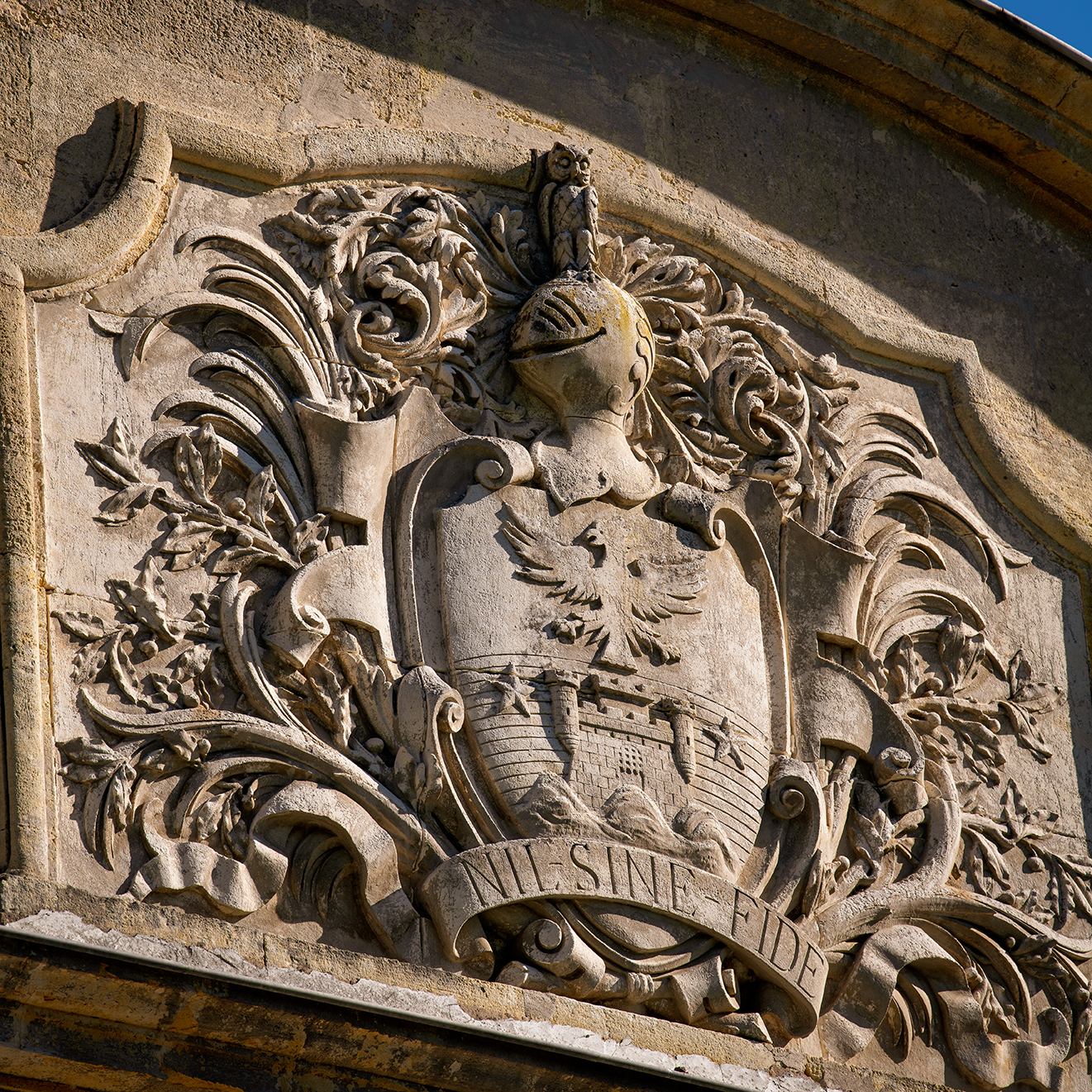
The Coat of Arms
The pediment at Bastor-Lamontagne gives us a new opportunity to take a detour into the Chateau’s history. The motto which is inscribed on the pediment is Nil Sine Fide which means ‘without faith (or trust) nothing can be achieved’. The motto comes neither from the La Montaigne family nor from any other Ancien-Régime family but in fact from the Milleret family who inherited the domain upon the death of Eugène Larrieu. It was Colonel Milleret who commissioned it at the turn of the century and had it sculptured under the crest. We can obtain more information from taking a closer look at the Coat of Arms. The Milleret family, who were from Burgundy had a coat of arms, but it was not what the Colonel wanted for his chateau. He wanted something which would be a reminder of the Chateau’s noble past.
He chose the motto from Vincent de La Montaigne, Councillor at the Parliament who became Lord of Bastor: so he adopted the eagle, but it no longer flies over one single mountain (a Canting Arm which pronounces the name La Montaigne) but three smaller mountains.
In reference to the town of Preignac, Colonel Milleret decided to complete the ensemble with a tower, as a reminder of his Chateaux, with two stars above it, which replaced the fleurs-de-lis, but which are also on the town’s coat of arms, and which meant that the geometrical balance could be maintained.
Geographical Location
It is a privileged geographical location at the heart of the Sauternes appellation. Chateau Bastor Lamontagne is located in the commune of Preignac in Gironde.
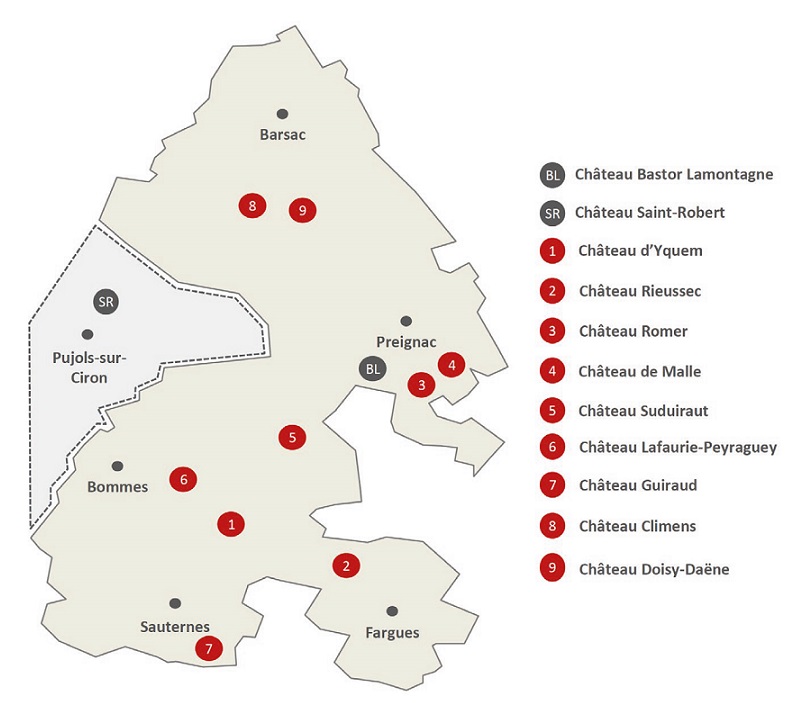
A remarkable vineyard
Bastor-Lamontagne vineyards extend over 50 hectares in one piece, on a beautiful sandy-gravel terroir.
A long-term programme of vineyard renovation is already underway and will be continued in the coming years.
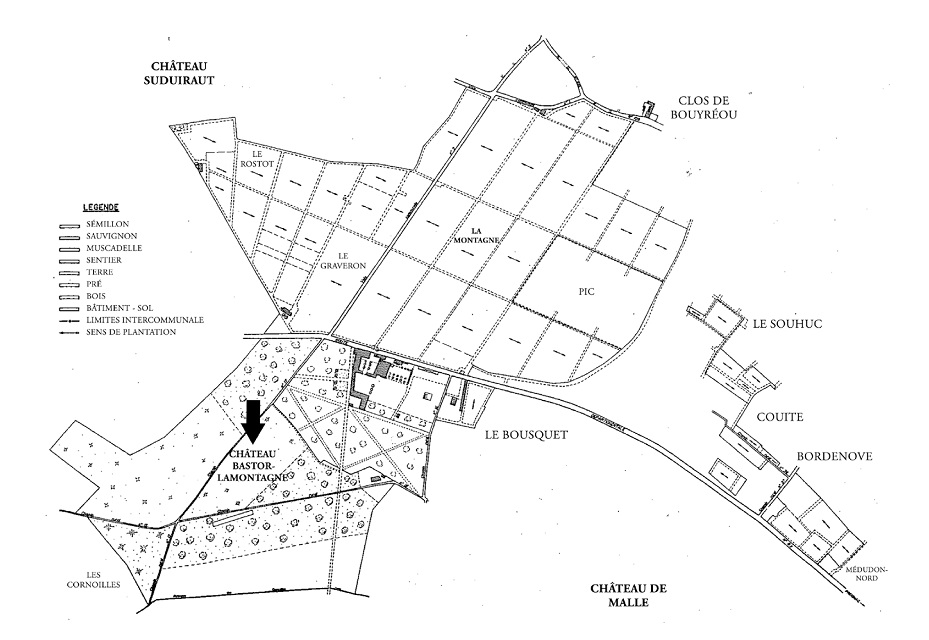
Bastor-Lamontagne’s vineyard is situated on the second terrace of the Garonne River. Its terroir is essentially gravel-sand with a slight argillaceous matrix and plot variations depending on the amount of gravel. The average age of the vines is 45 years. The terroir is predisposed to produce wines which are rather fine with good acidity. The grape varieties planted are 80% Semillon and 20% sauvignon, of which a part is Sauvigon Gris.
A large vineyard almost in one single block
The vineyard is composed of about 30 plots grouped together almost in one single block. For the most part the plots are situated in the commune of Preignac (with the exception of a small plot of 0.71 hectares in the commune of Barsac which was originally connected to Chateau Saint-Robert).
The vineyard lies in large part on a sandy-gravel plateau, in addition to some areas with clay-gravel rises which are particularly suited to the production of fine wines. The terroir, which is typical of the appellation, is situated at the bottom of the mid-terrace of the Sauternes region, where the highest point is occupied by Chateau Suduiraud. The largest part of the vineyard is located on a large tenement (place referred to as La Montagne-Ouest), crossed from East to West by a parish lane, as well as on a South tenement (places referred to as Le Rastot and Le Graveron). Two small vineyards within Bastor-Lamontagne, planted exclusively with Semillon produce wines which have kept the names of the locality where the plots are situated: Chateau du Haut Pick (about 9 hectares which belonged to the Larrieu family) and the Cru Bordenave (about 3 hectares).
